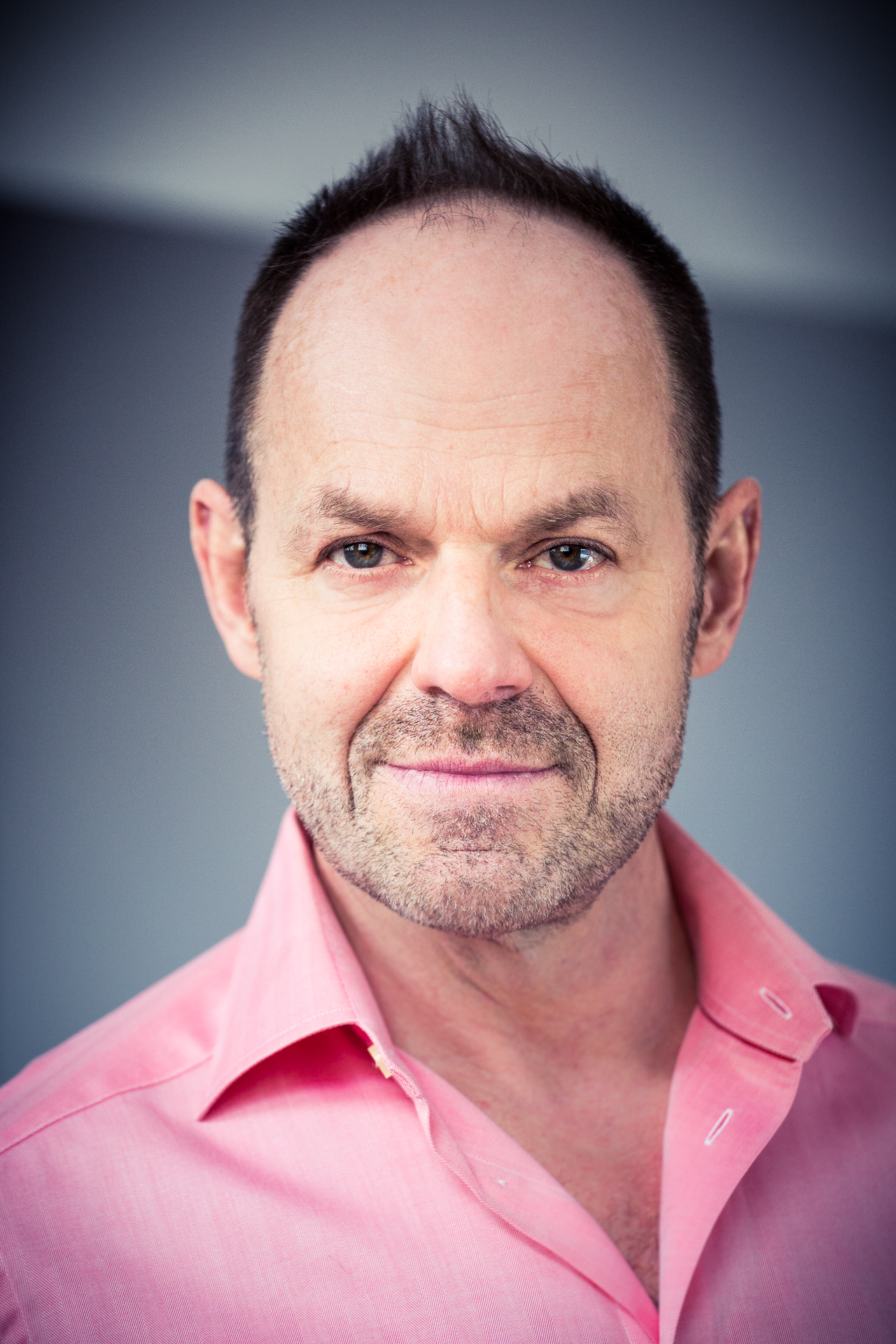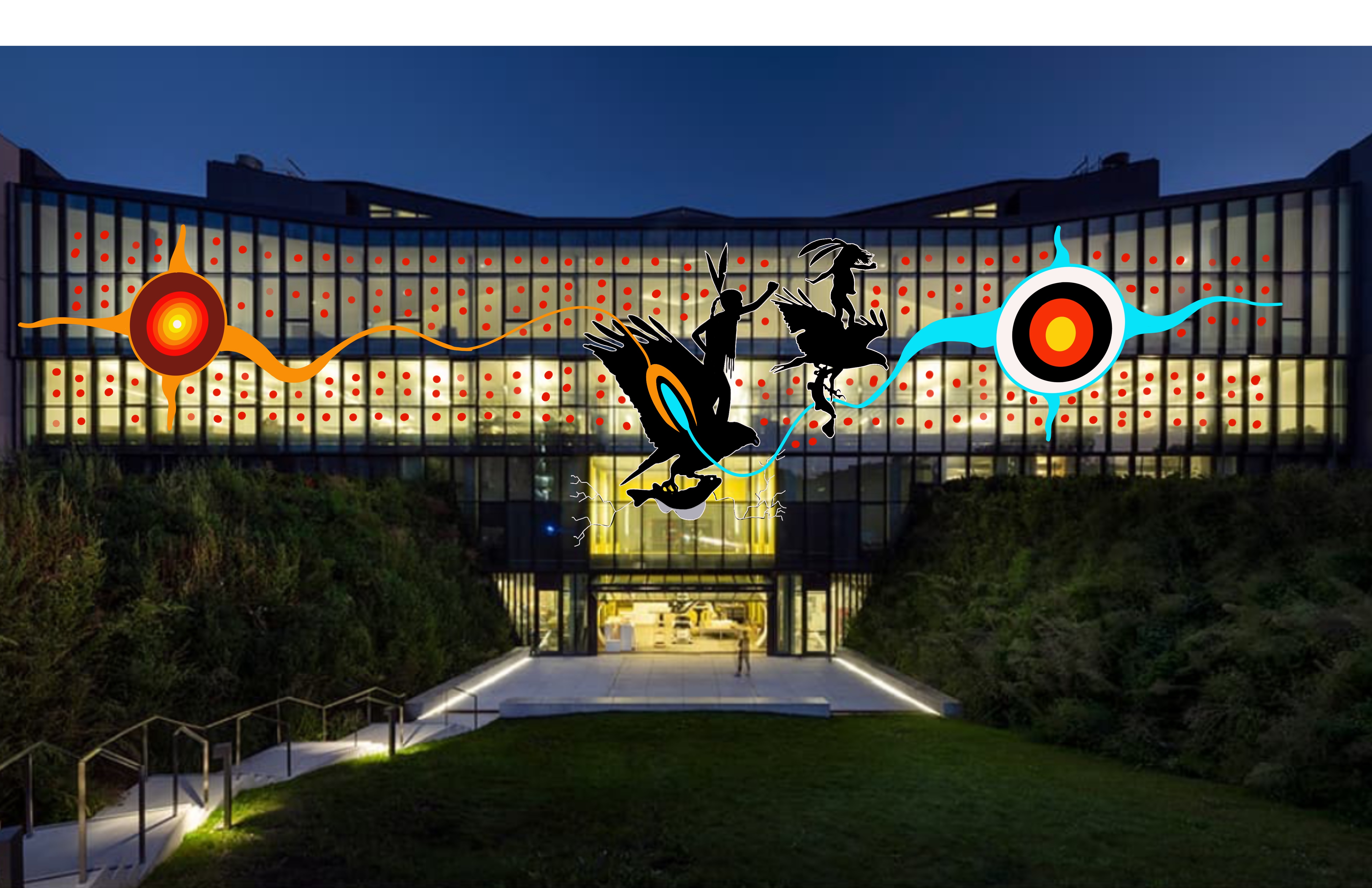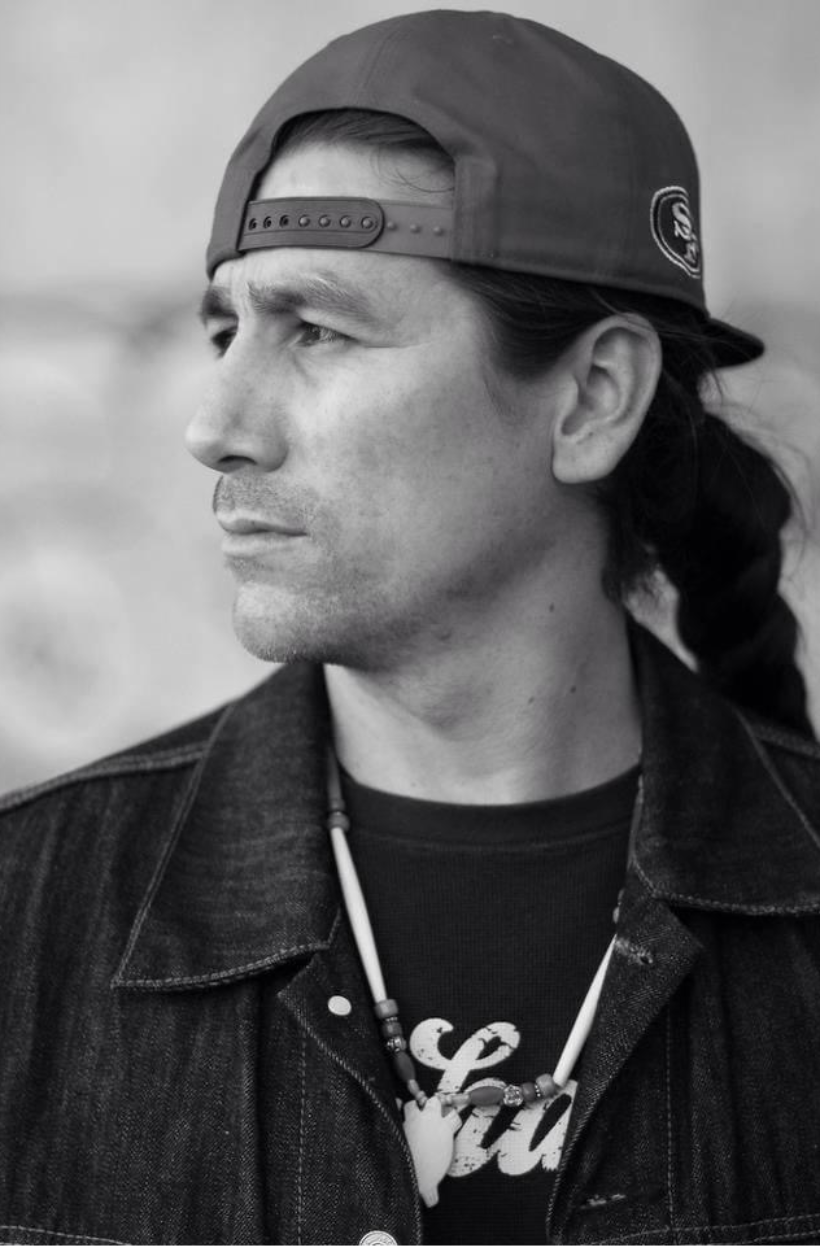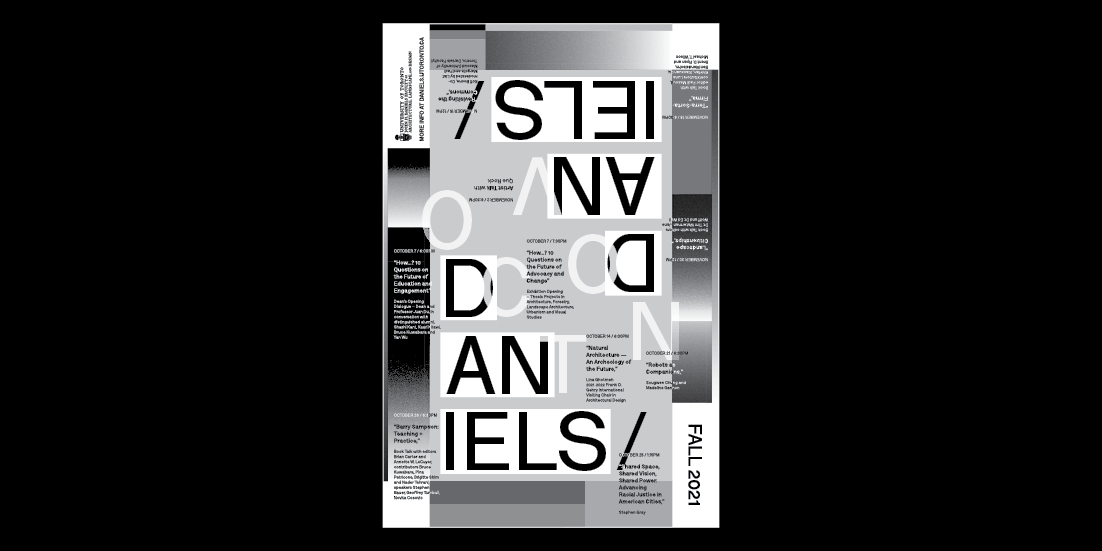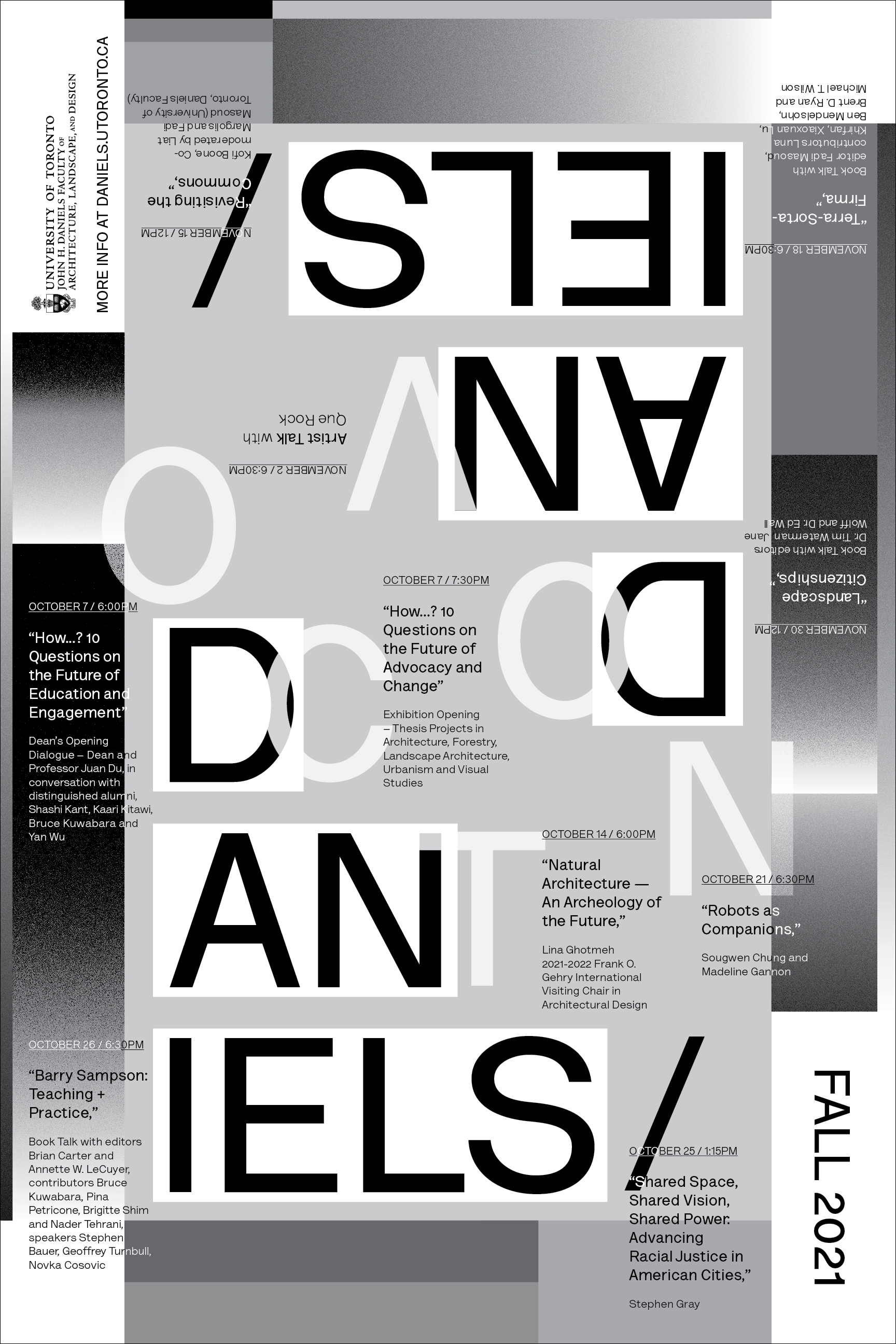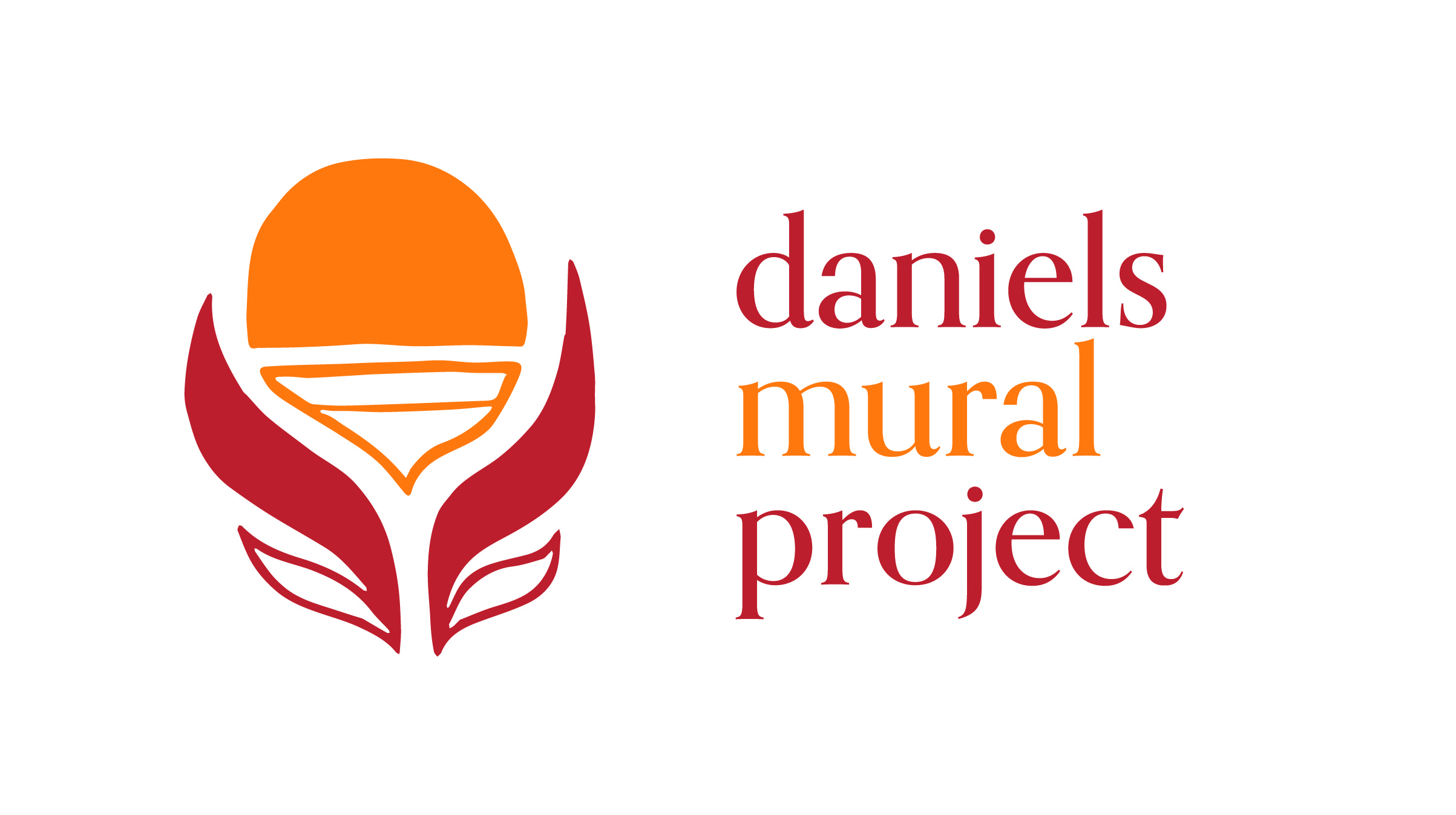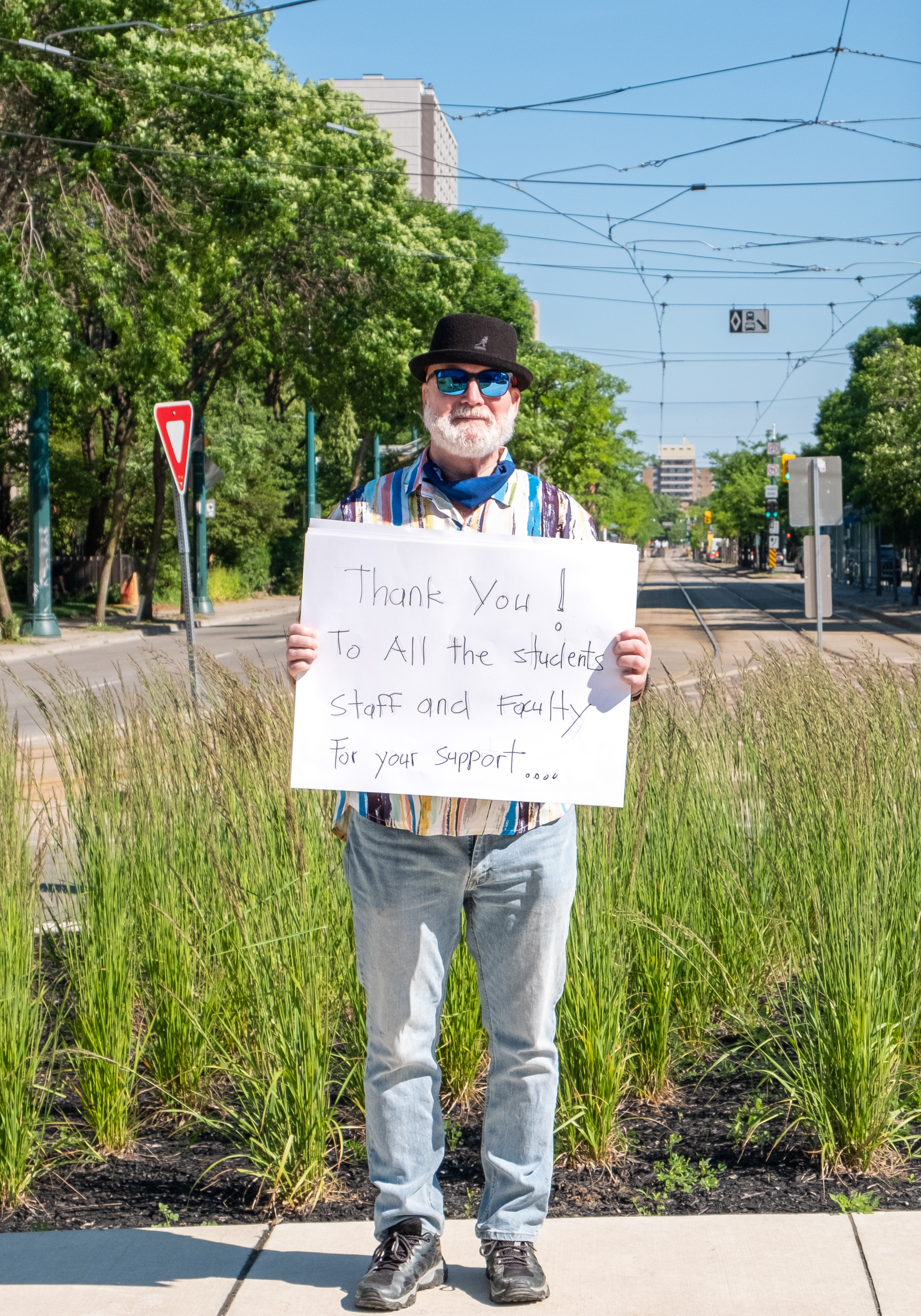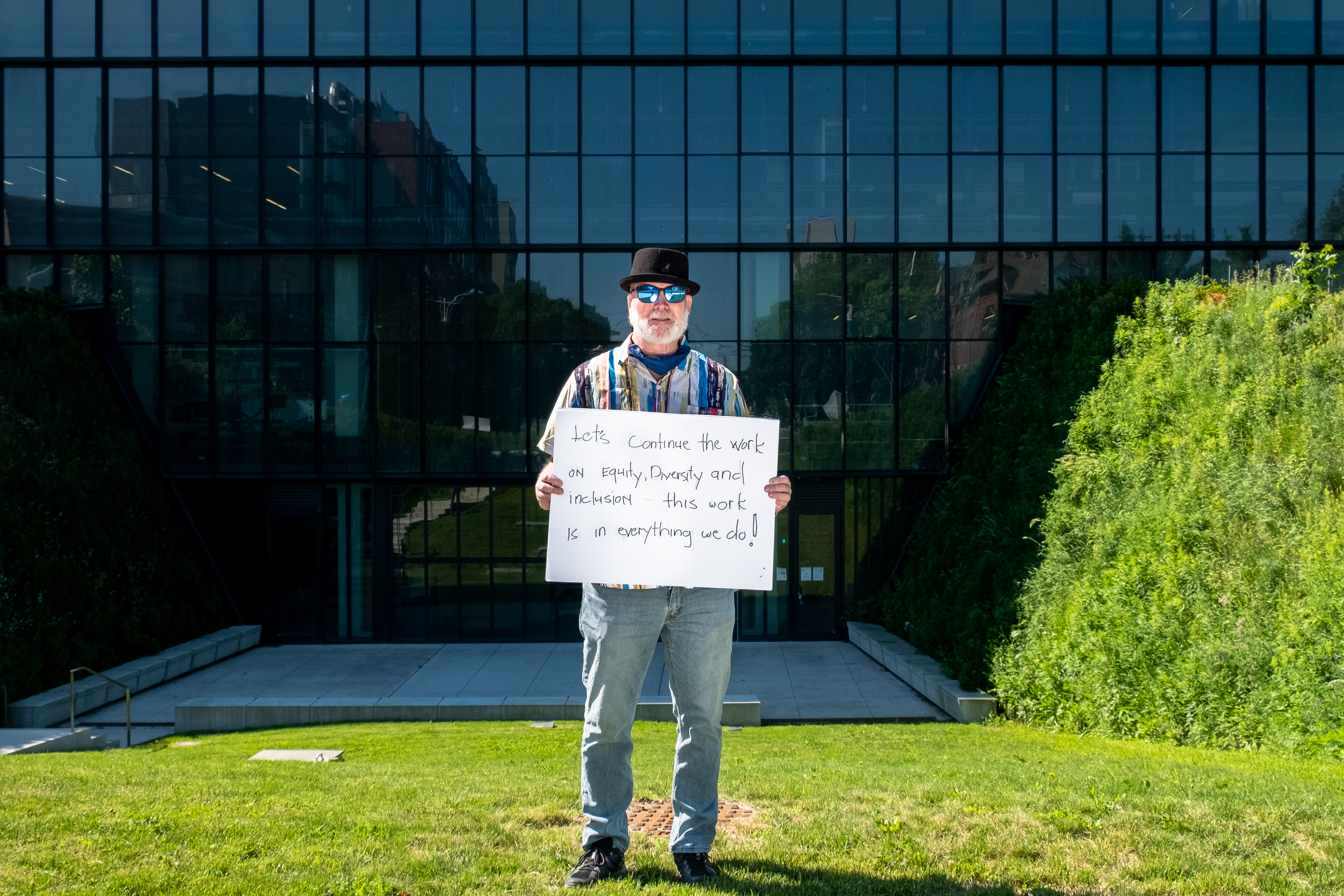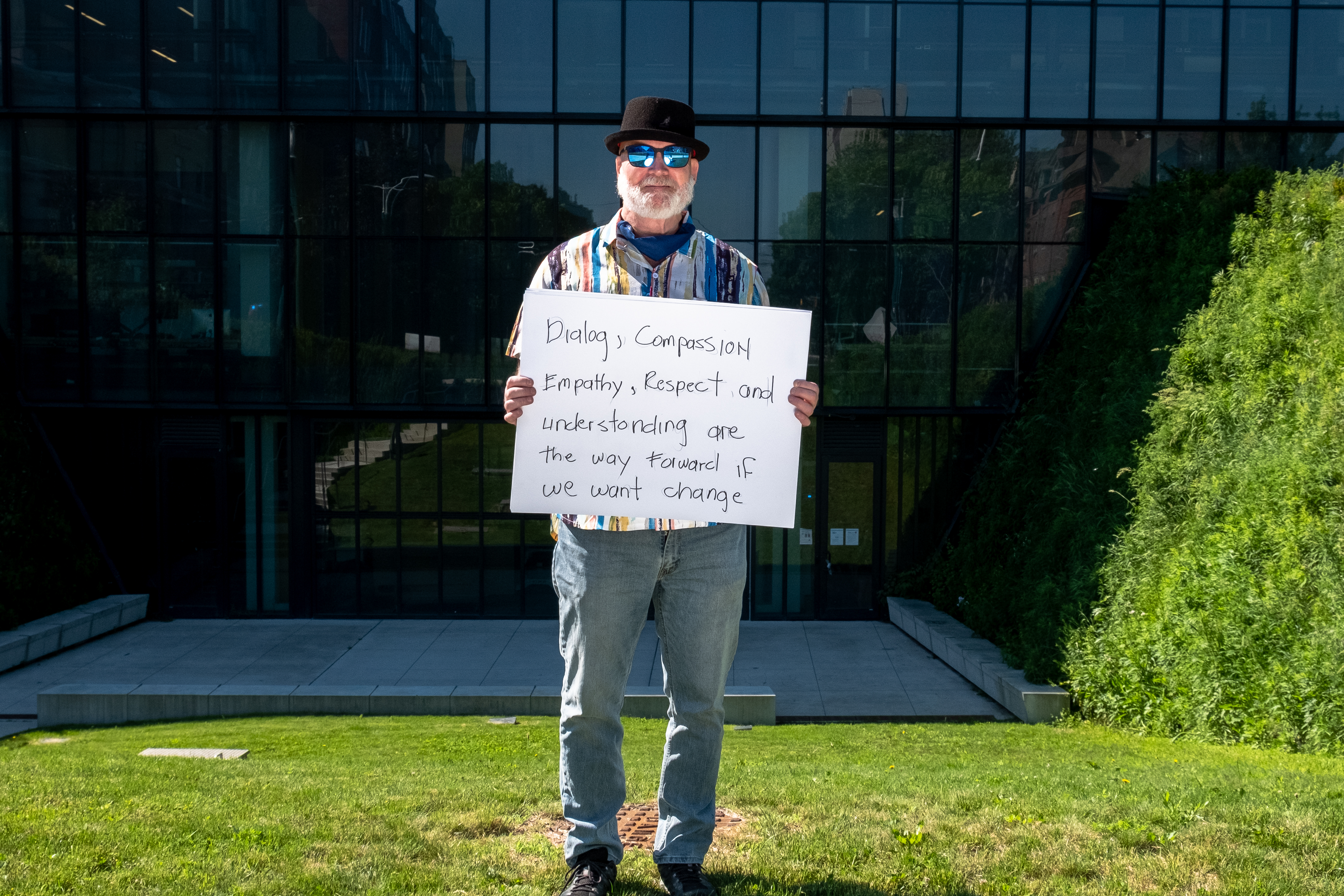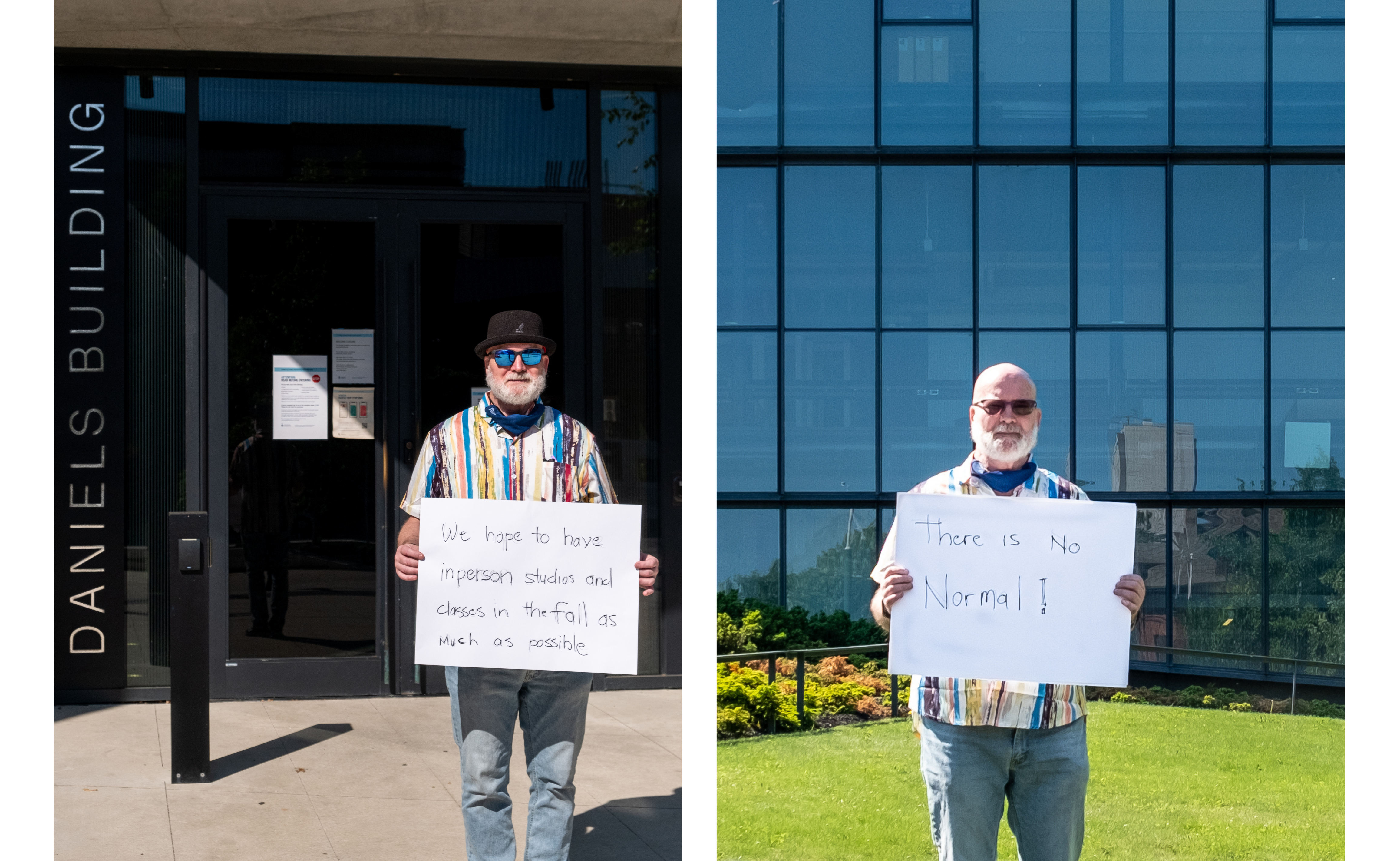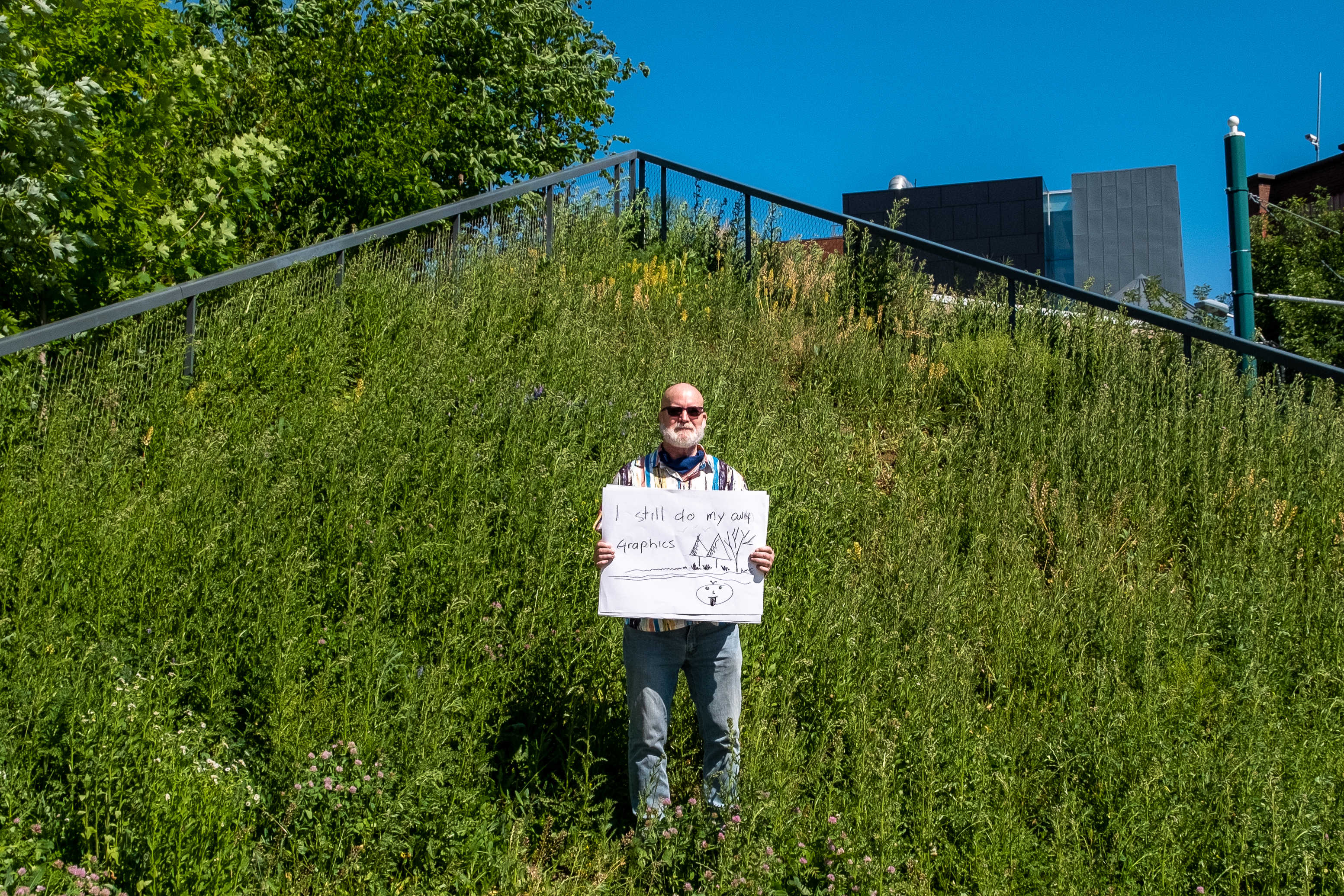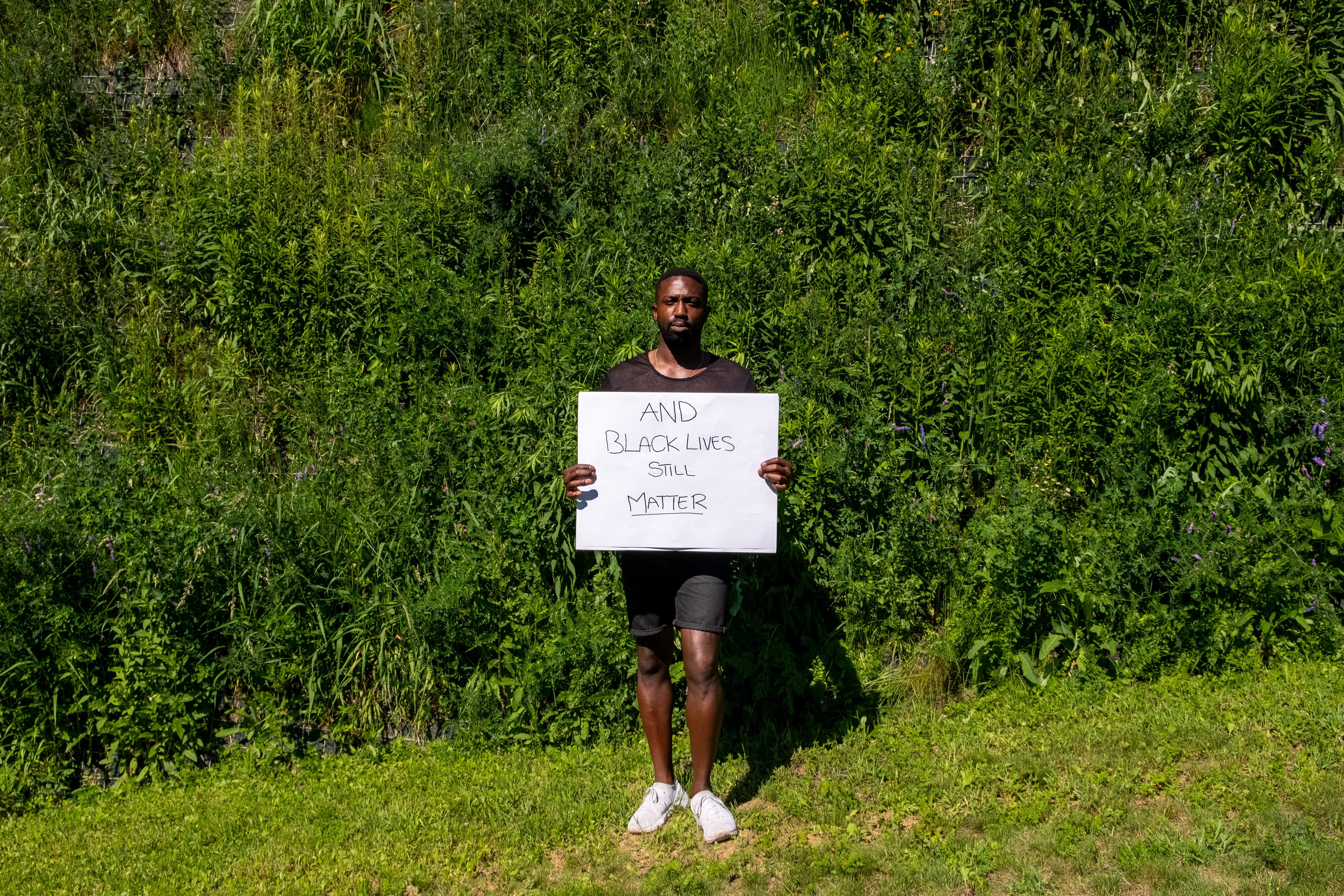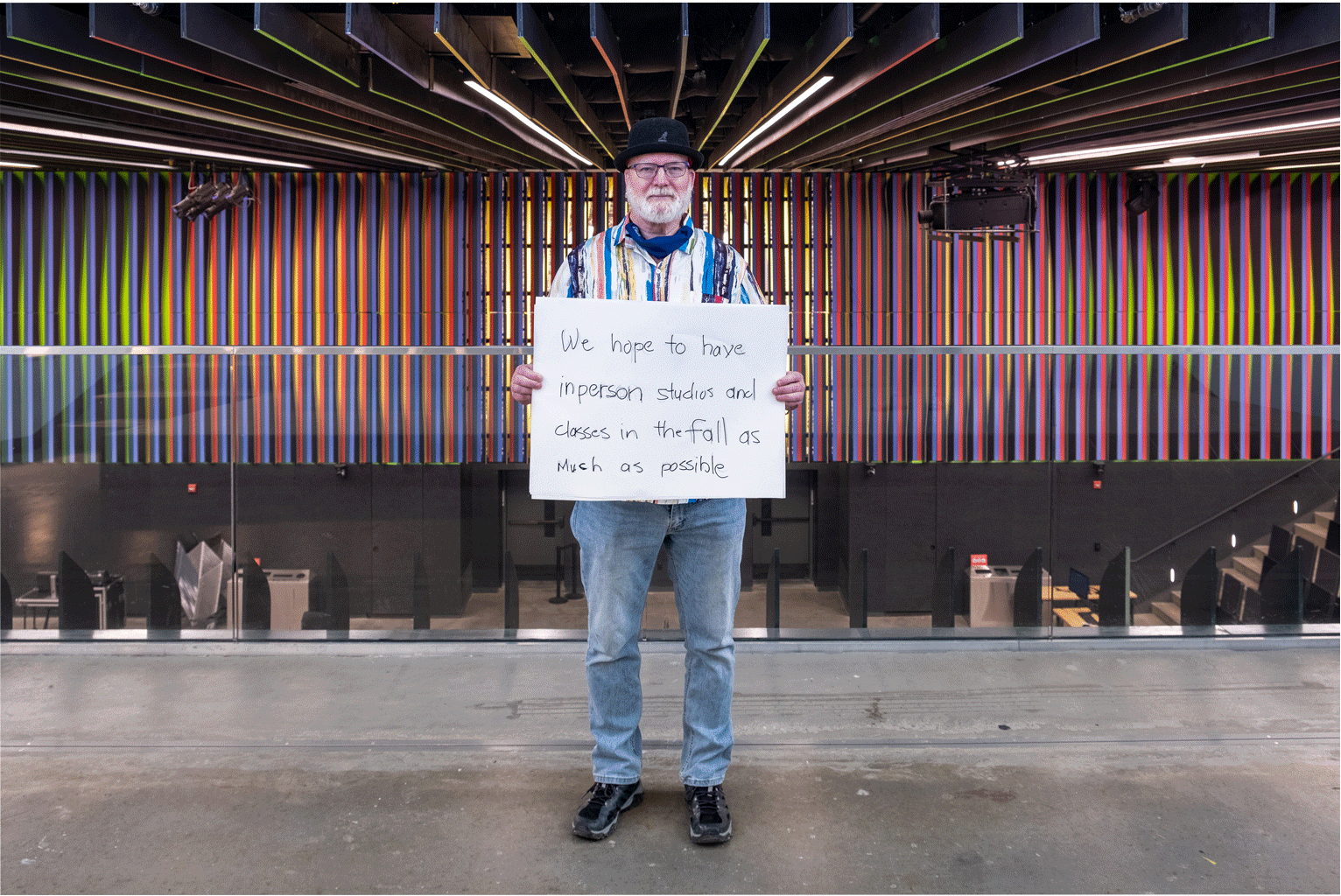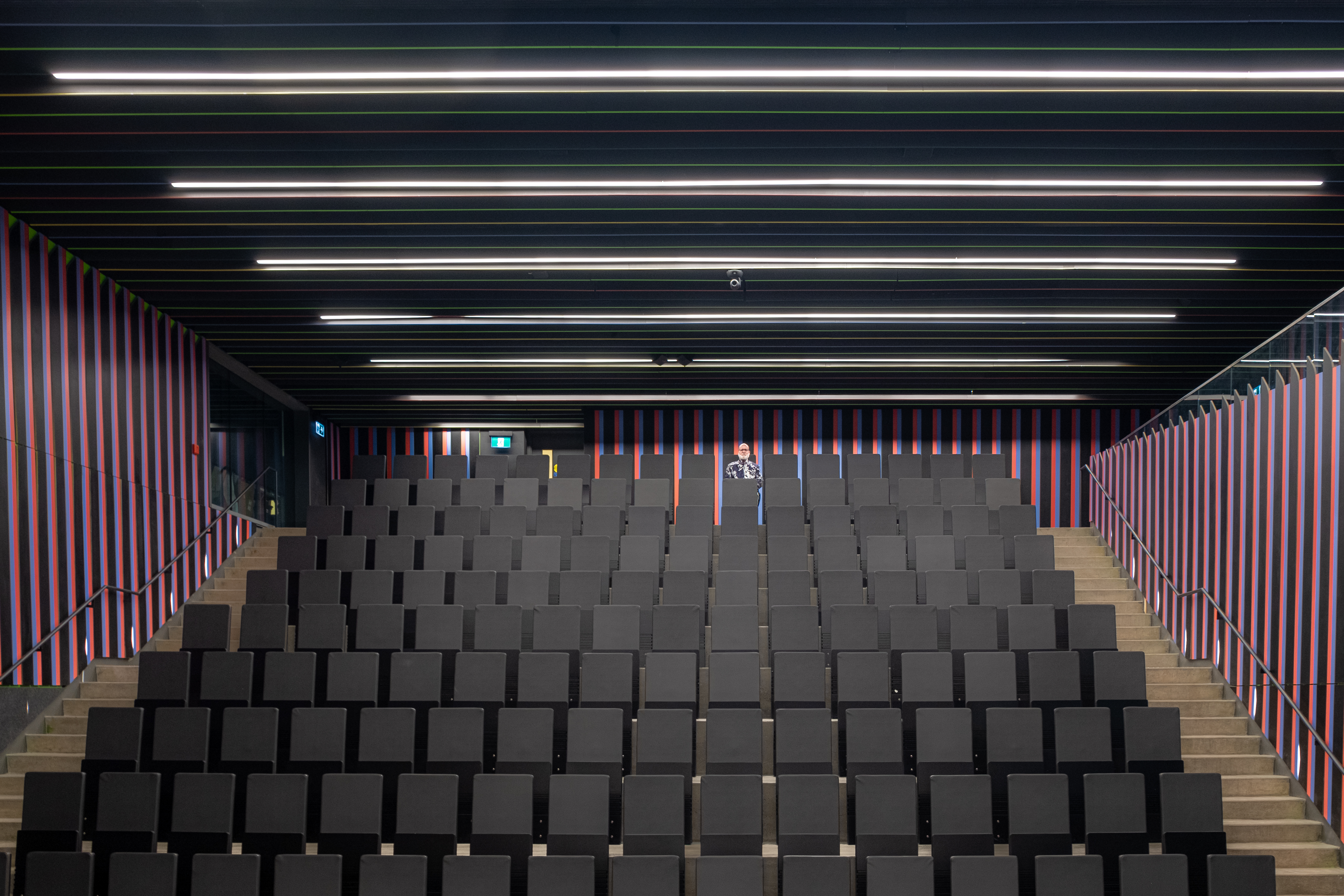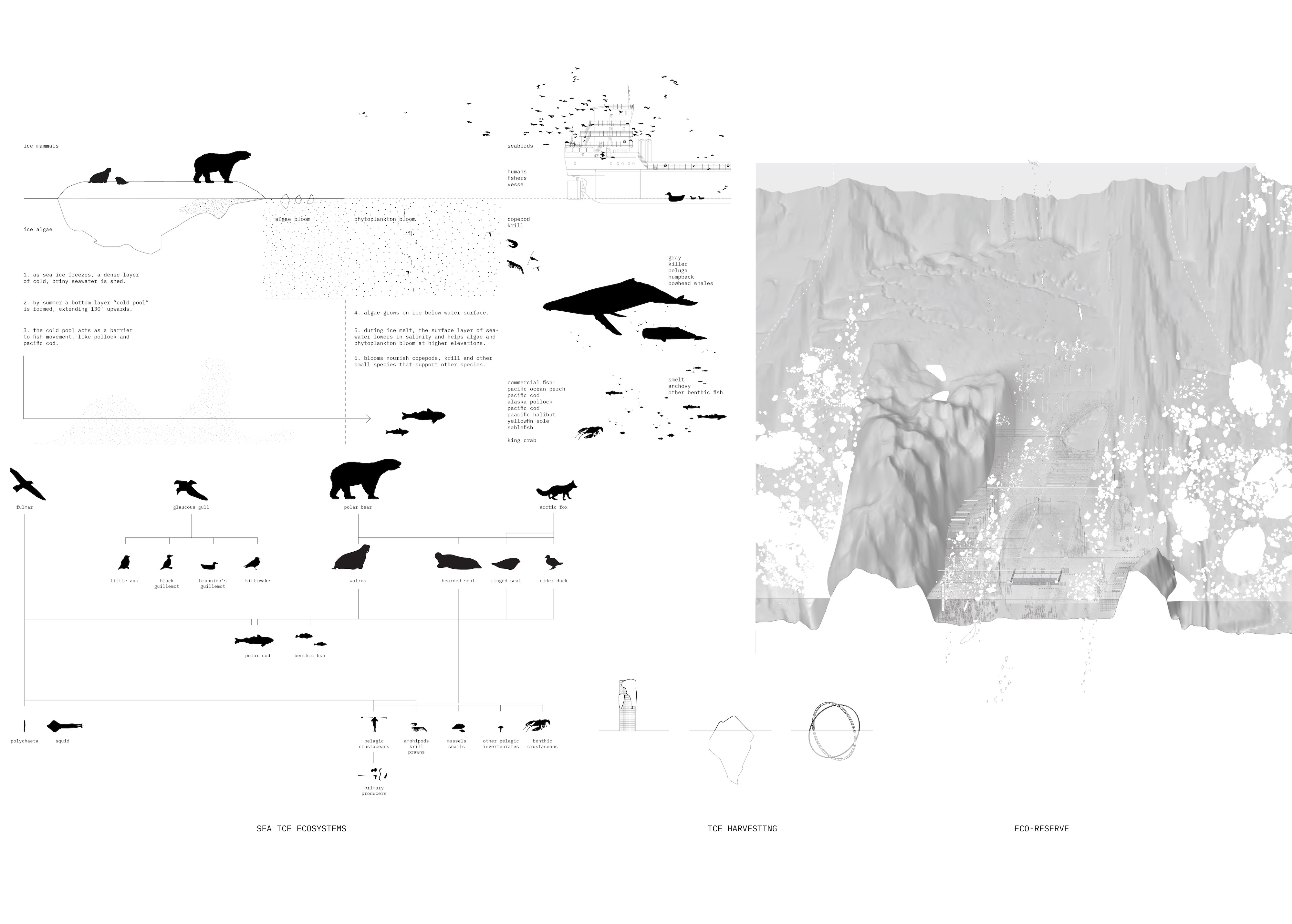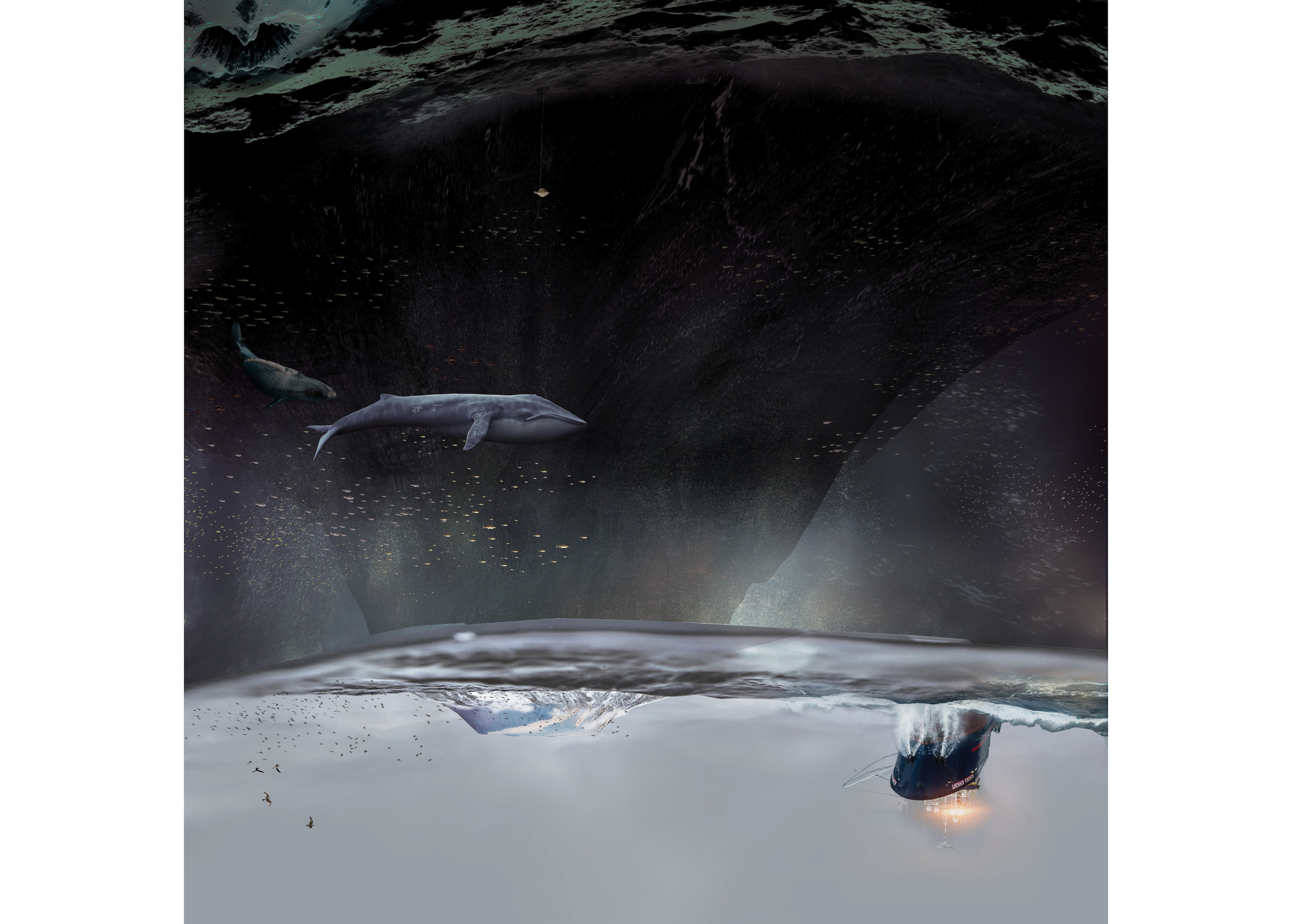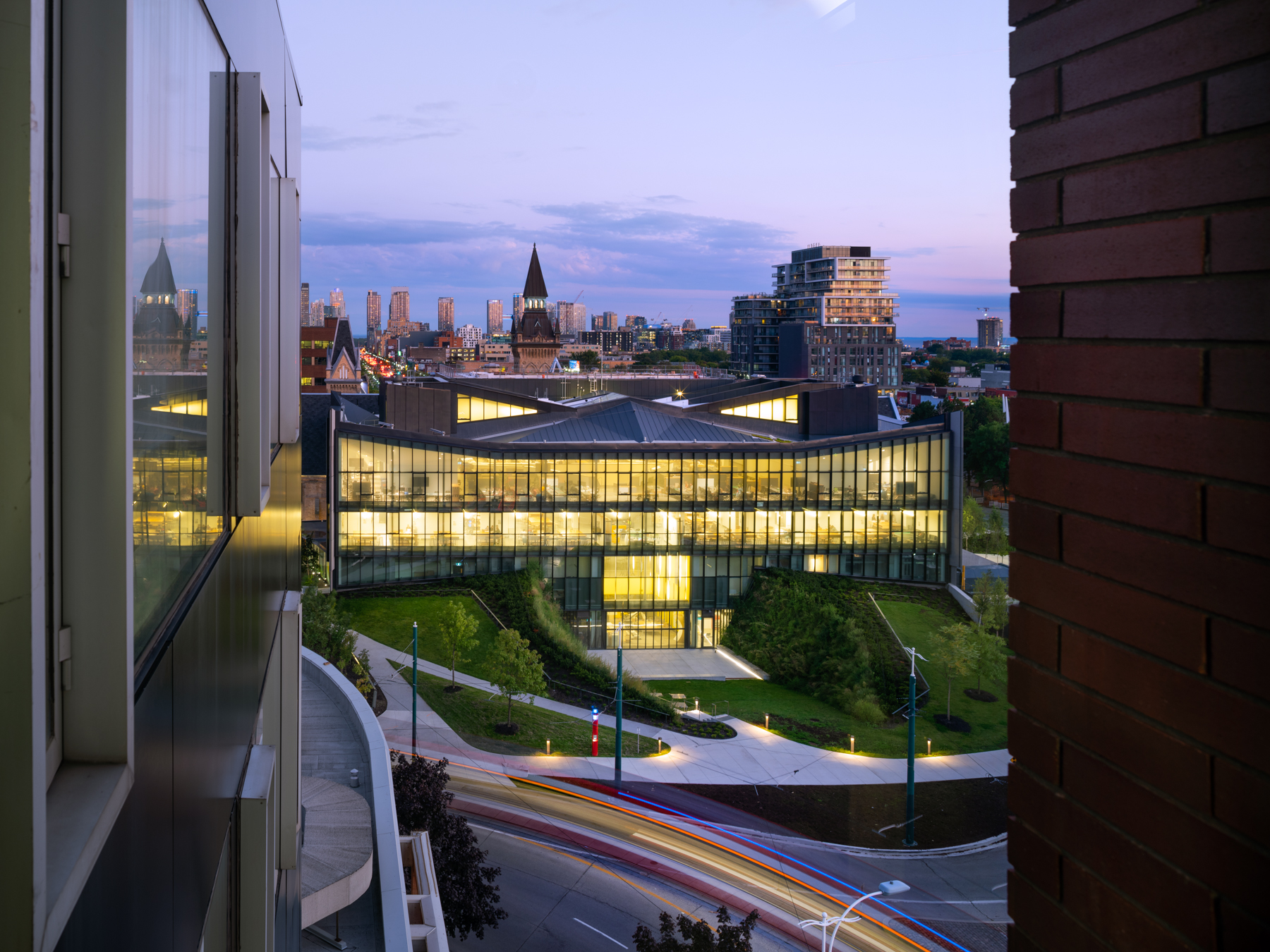
28.10.21 - Daniels Faculty Celebrates Treaties Recognition Week
The Daniels Mural Project team is launching a week-long series of programming for Treaties Recognition Week from November 1 to 5. Treaties Recognition Week helps to honour the importance of treaties and increase awareness about treaty rights and treaty relationships. Please see the list of events below.
Graphic by Mariah Meawasige (@Makoose)
Monday, November 1
Treaties Recognition Week: Opening Ceremony
7:44 a.m. Stantec Architecture Courtyard
Join us at 7:44 a.m. outside at the north façade patio of the Daniels Building (Stantec Architecture Courtyard) as we commence the start of Treaties Recognition Week with a sunrise ceremony led by Elder Whabagoon and a Jingledance by Robin Rice.
Registration is not required
Treaties Recognition Week: First Story Toronto Story Walk of University of Toronto St. George with Jon Johnson and Jill Carter
1:00 p.m. online via Zoom
Much of the contemporary and historic relationships, injustices, and struggles related to Indigenous nations in Canada is rooted in treaties. Join Dr. Jon Johnson and Dr. Jill Carter, and others from First Story Toronto for a virtual walk and interactive discussion of places and stories that exemplify some of the historic and contemporary treaties of the Toronto area. Stories will focus on injustice, Indigenous resistance and resilience, and our collective ongoing treaty responsibilities with First Nations communities.
Treaties Recognition Week: Canada By Treaty
6:30 p.m. online via Zoom
Join James Bird and Dr. Heidi Bohaker and Nathan Tidridge as they discuss their travelling exhibition "Canada by Treaty," which explains Canada's history of treaty-making with Indigenous peoples.
Tuesday, November 2
Treaties Recognition Week: Artist Talk with Que Rock
6:30 p.m. online via Zoom
Join artist Que Rock for a discussion on his work, process, influences and mural at the Daniels Faculty and a Q&A with Carolyn Taylor, Project Manager at StreetARToronto at the City of Toronto.
Wednesday, November 3
Treaties Recognition Week: 'Anishinaabe 101' (including Treaties) with Perry McLeod-Shabogesic
12:00 p.m. online via Zoom
Learn more about Anishinabe culture and traditions, including Treaties, with Perry McLeod-Shabogesic of the Crane Clan from N’biising First Nation. Truth before Reconciliation.
Registration is not required. Access via the link here.
Treaties Recognition Week: Film Screening “Trick or Treaty” by Alanis Obomsawin
5:30 p.m. In-person screening
Join us for an in-person screening at the Daniels Faculty of Alanis Obomsawin’s seminal work “Trick or Treaty?” Co-presented with StreetART Toronto.
Location:
1 Spadina Crescent
Main Hall - Section C (DA170)
Friday, November 5
Treaties Recognition Week: Workshop with John Croutch “Reconciliation: Walking the Path of Indigenous Allyship”
1:00 p.m. online via Zoom
What does it mean to be an ally to Indigenous peoples? And is it even possible to call yourself an ally or is it more correct to say that one can only aspire to be an ally as allyship is a continuous process of self-reflexivity, learning and acting in a way that decenters whiteness. These are some of the questions and issues that will be explored in this hour and a half presentation, Reconciliation: Walking the Path of Indigenous Allyship.
Workshop space is limited. Please RSVP at events@daniels.utoronto.ca
Treaties Recognition Week: Closing Ceremony
3:00 p.m. Stantec Architecture Courtyard
When you open a circle, you must come full circle and close the circle. This closing ceremony led by Elder Whabagoon concludes the our Treaties Recognition Week programming. Additional workshops and events will come throughout the month of November. Join us in saying Milgwetch to all.
Registration is not required.
Generously supported by Postsecondary Education Fund for Aboriginal Learners and StreetARToronto
Resources for the Daniels Faculty community
We Are All Treaty People - Indigenous Education (utoronto.ca)
About Treaties (Government of Ontario)
Anishinabek Nation Educational Resources
Community Organizations
LANDBACK is a movement that has existed for generations with a long legacy of organizing and sacrifice to get Indigenous Lands back into Indigenous hands. Currently, there are LANDBACK battles being fought all across Turtle Island, to the north and the South.
The Ogimaa Mikana Project is an effort to restore Anishinaabemowin place-names to the streets, avenues, roads, paths, and trails of Gichi Kiiwenging (Toronto) - transforming a landscape that often obscures or makes invisible the presence of Indigenous peoples. Starting with a small section of Queen St., re-naming it Ogimaa Mikana (Leader's Trail) in tribute to all the strong women leaders of the Idle No More movement, the project hopes to expand throughout downtown and beyond.


